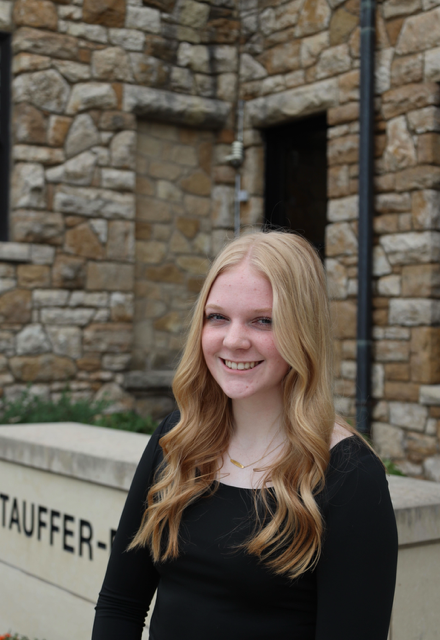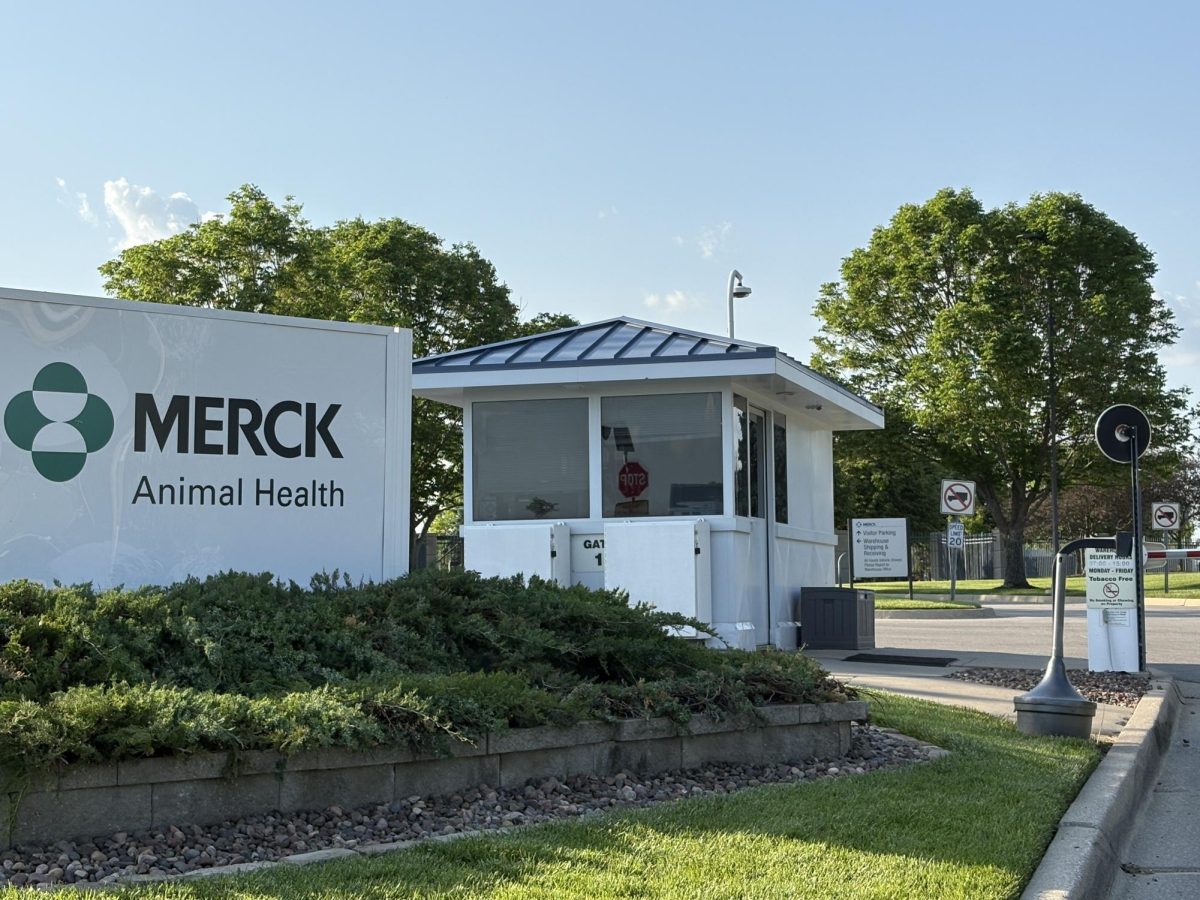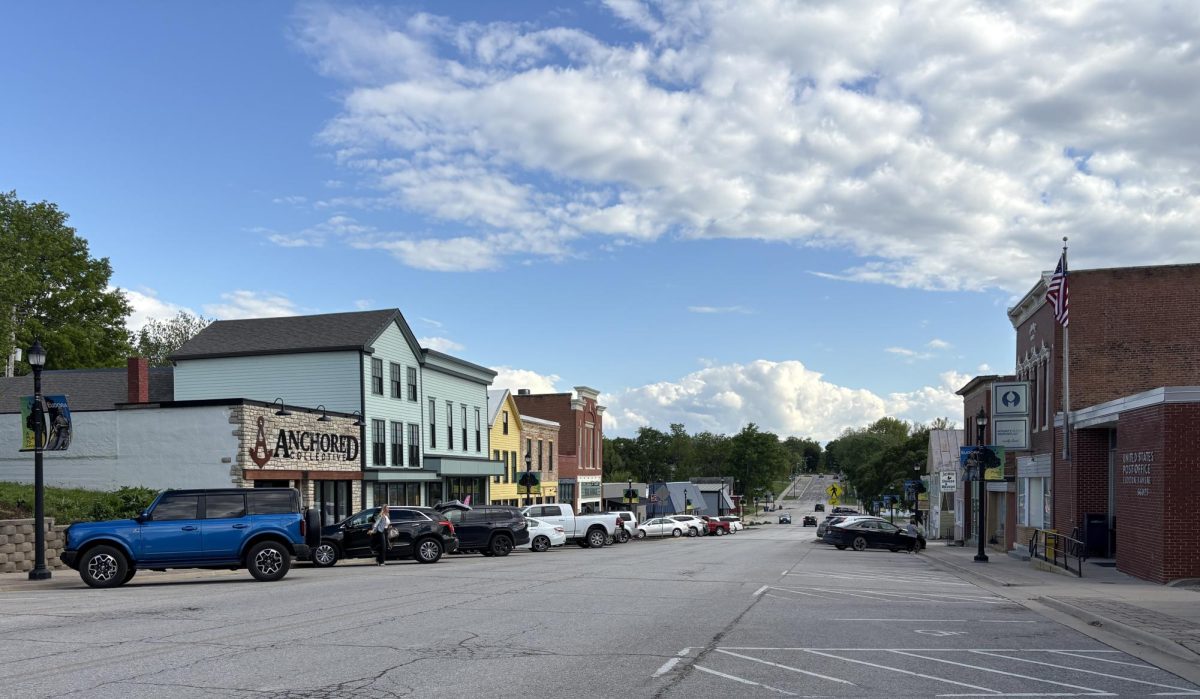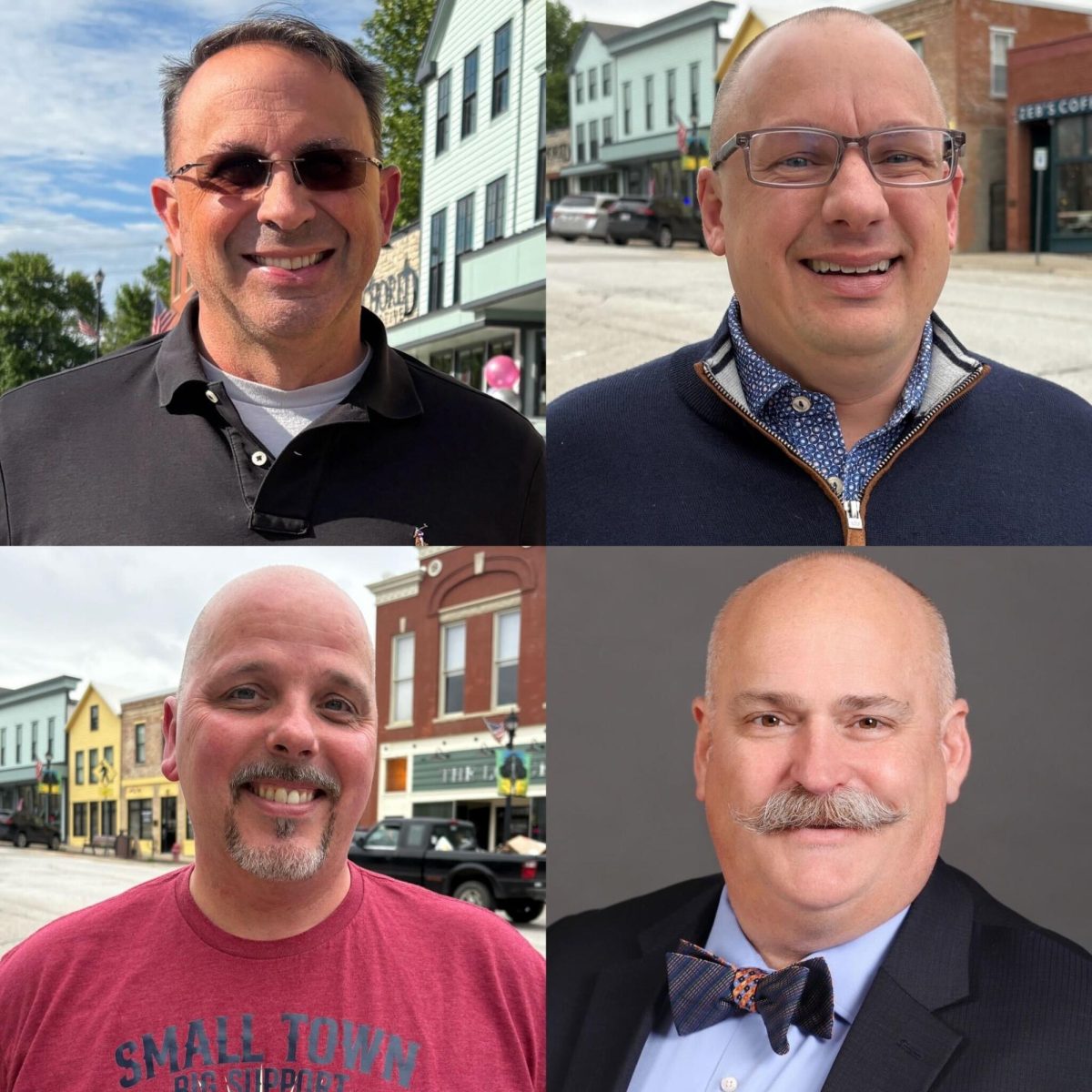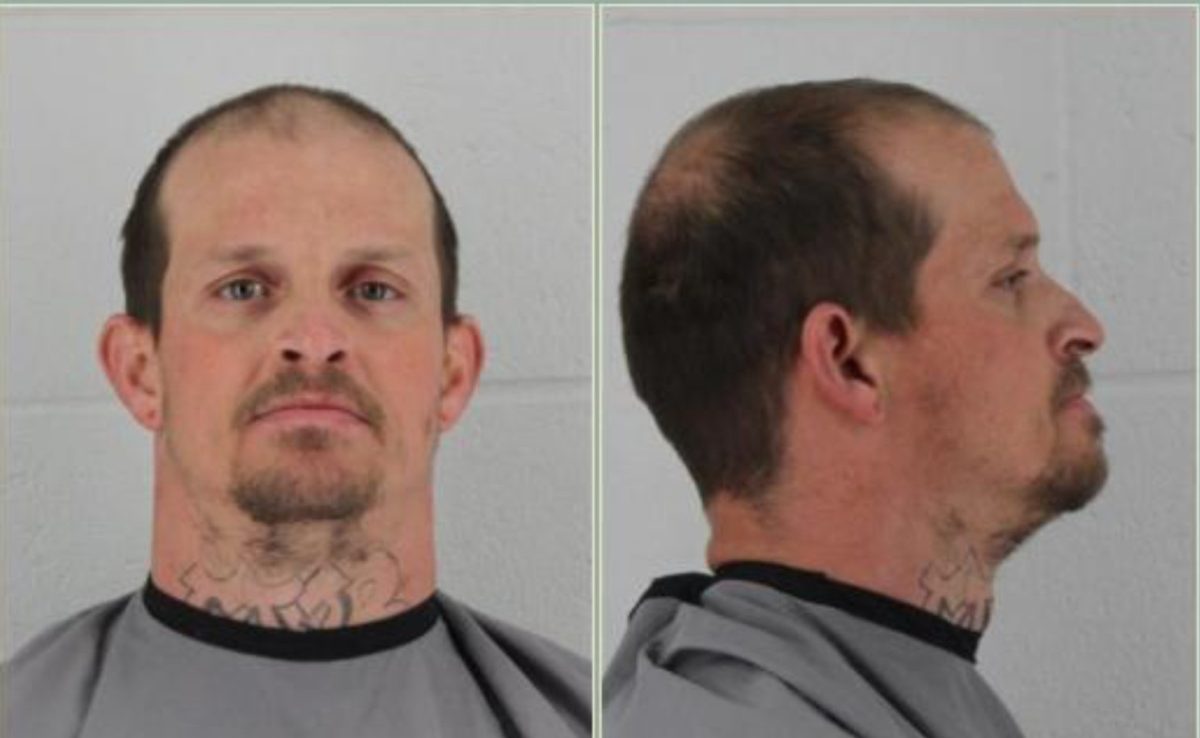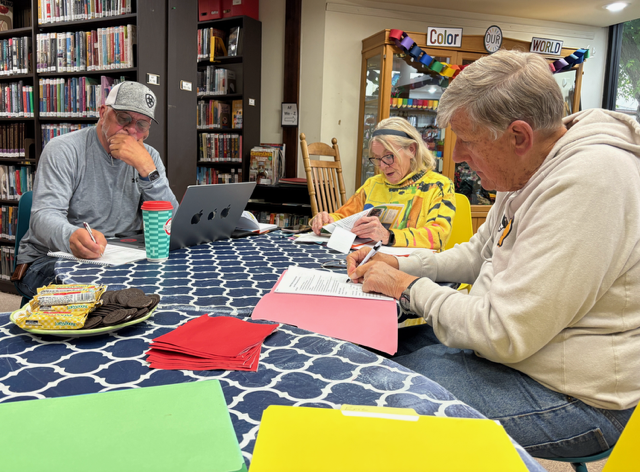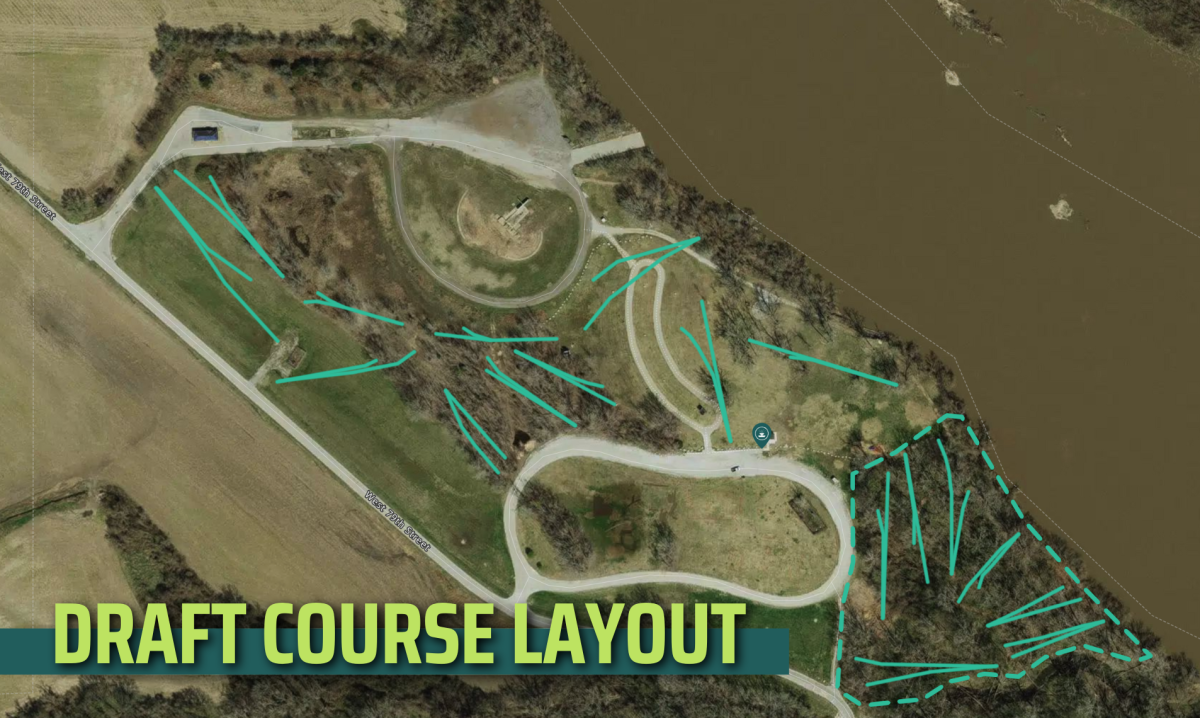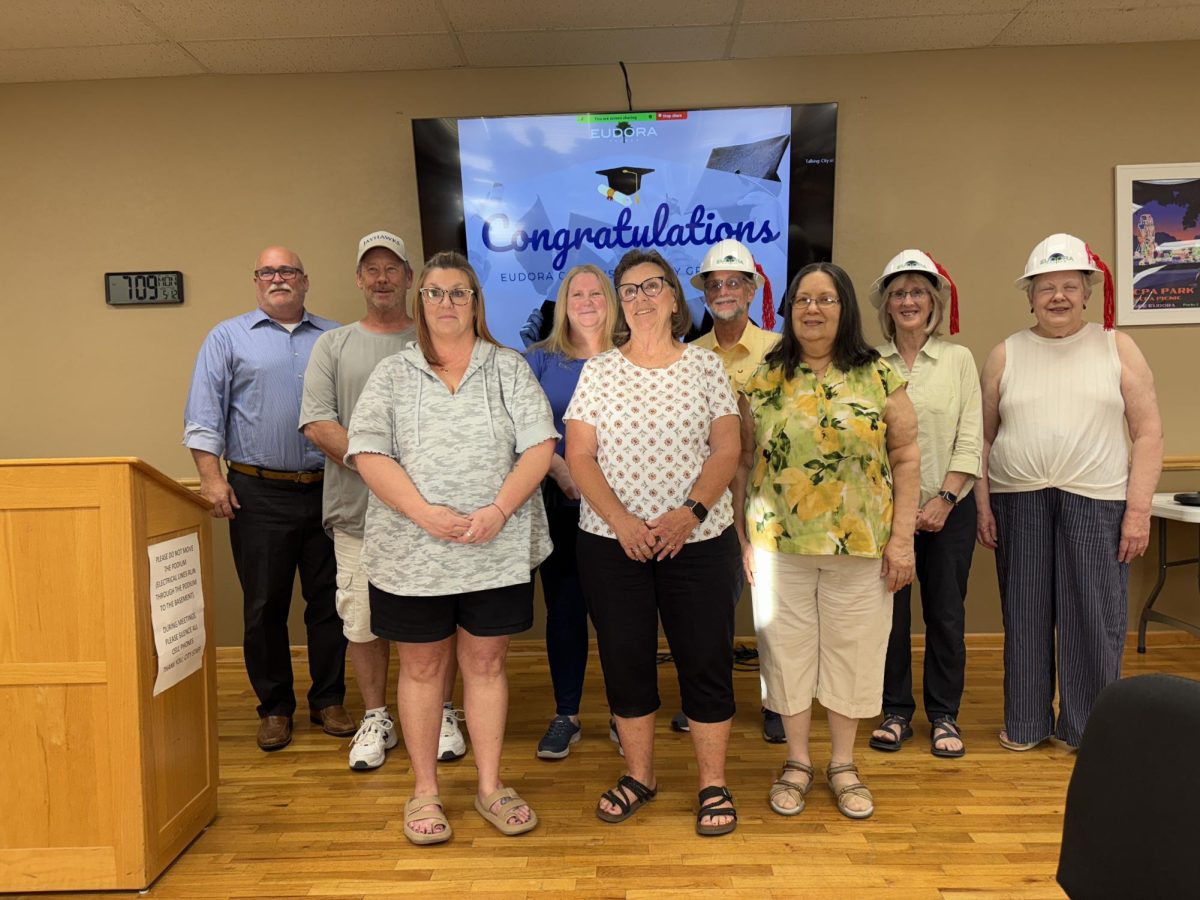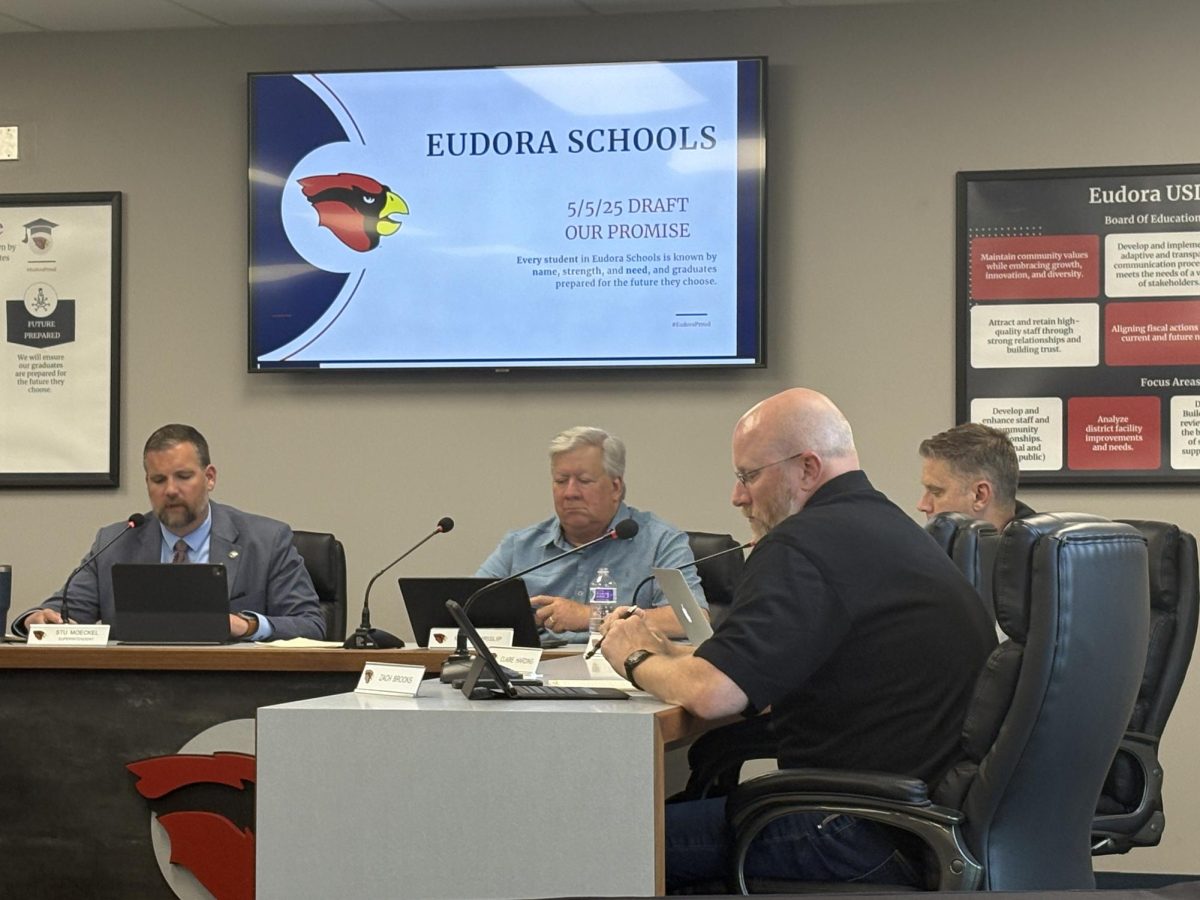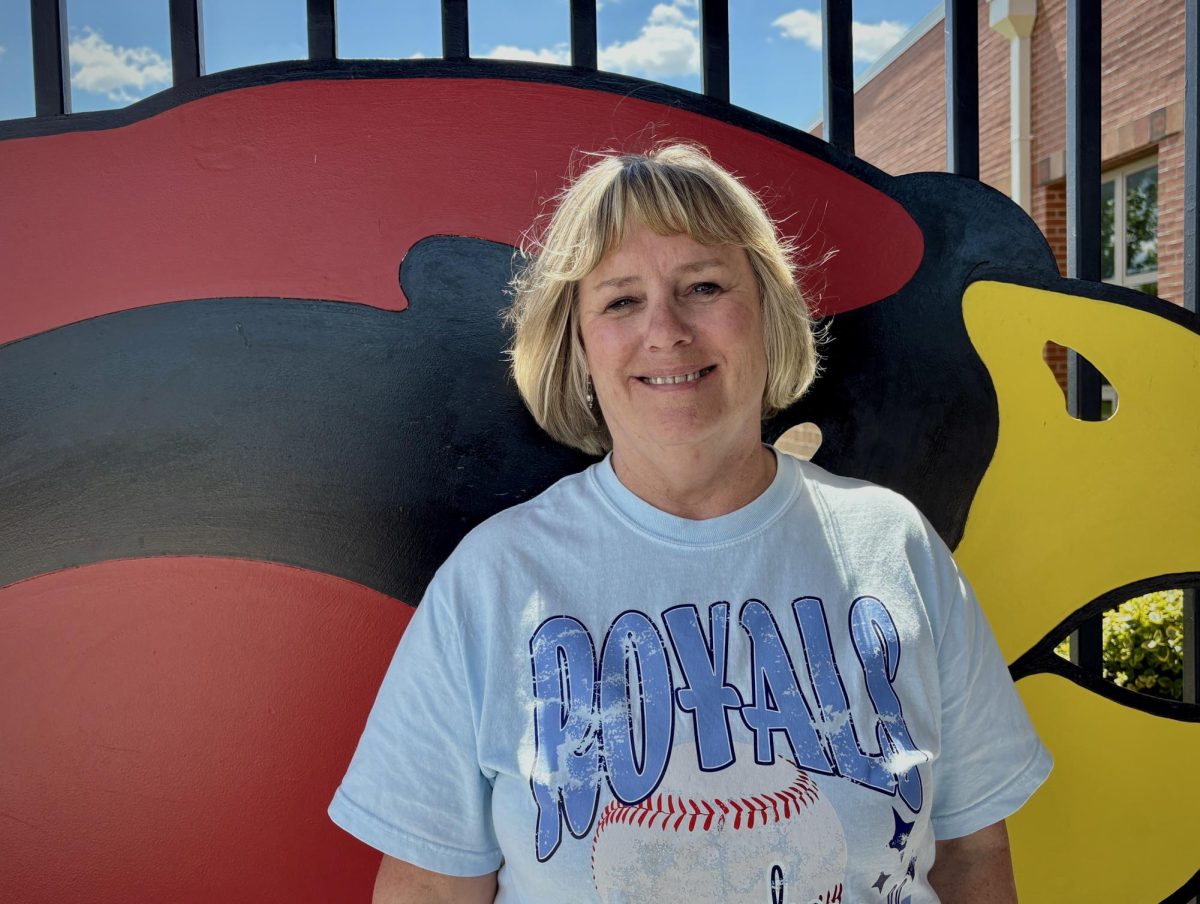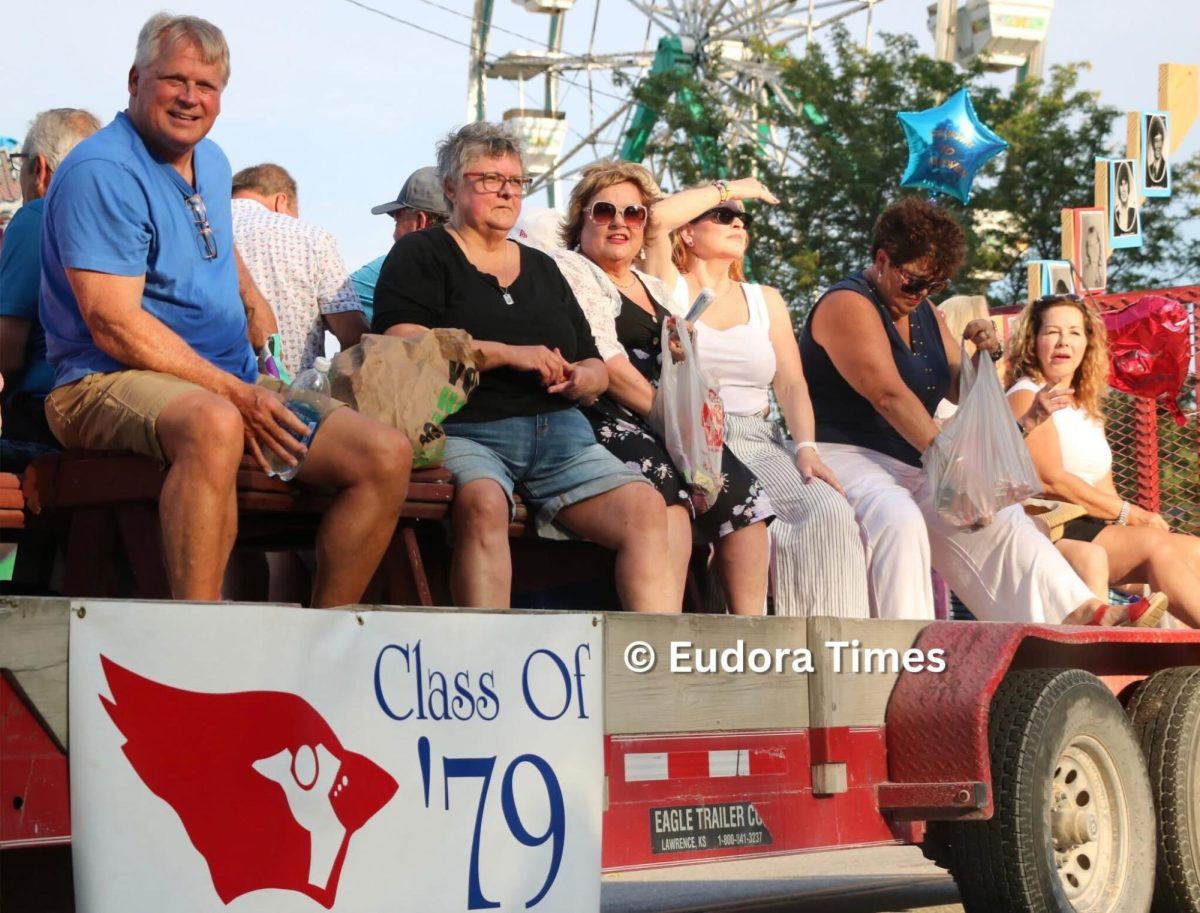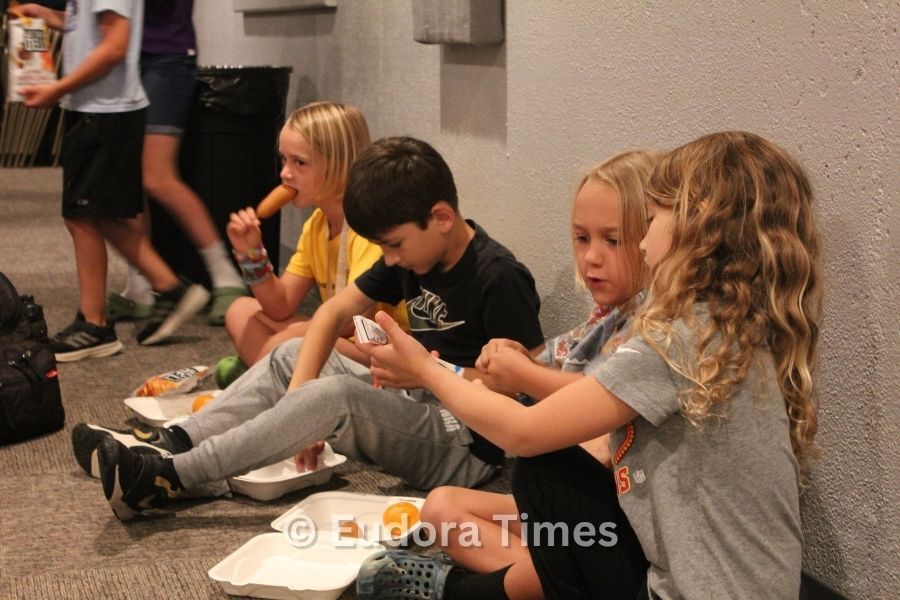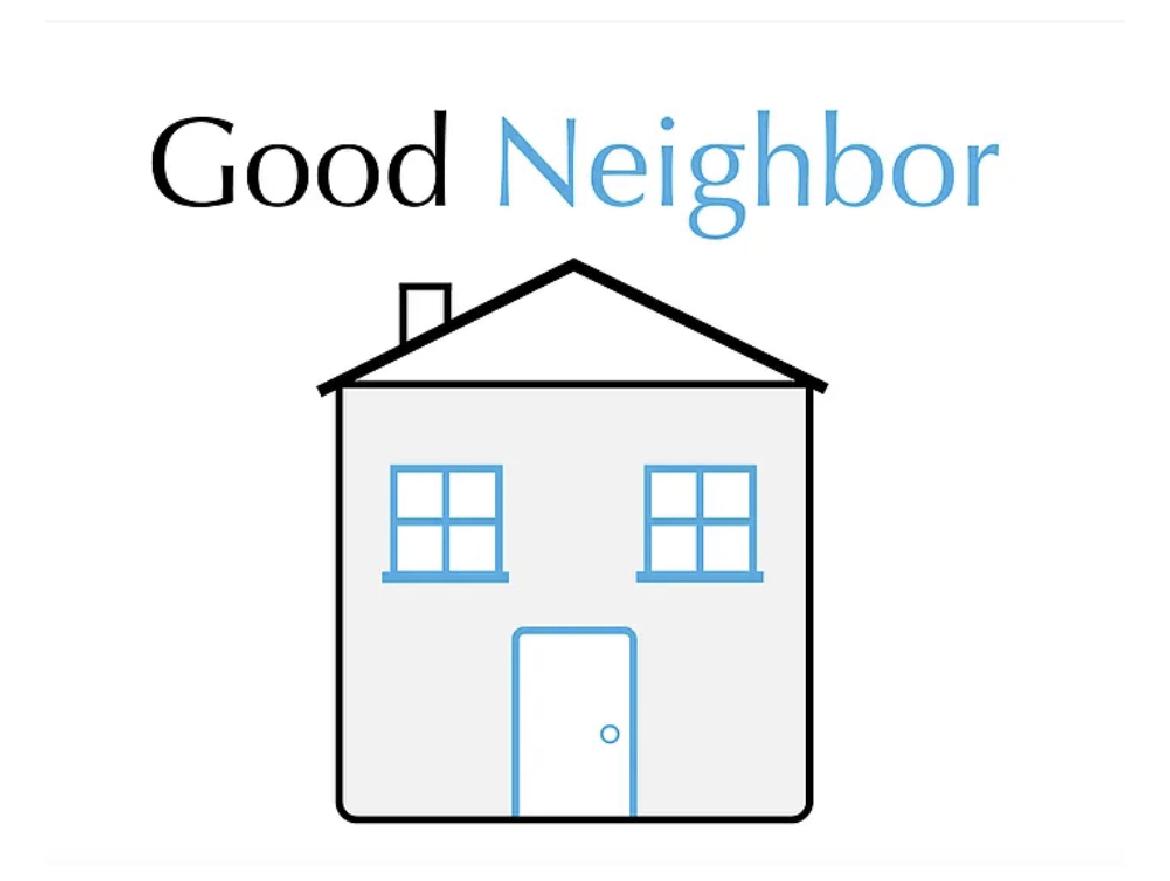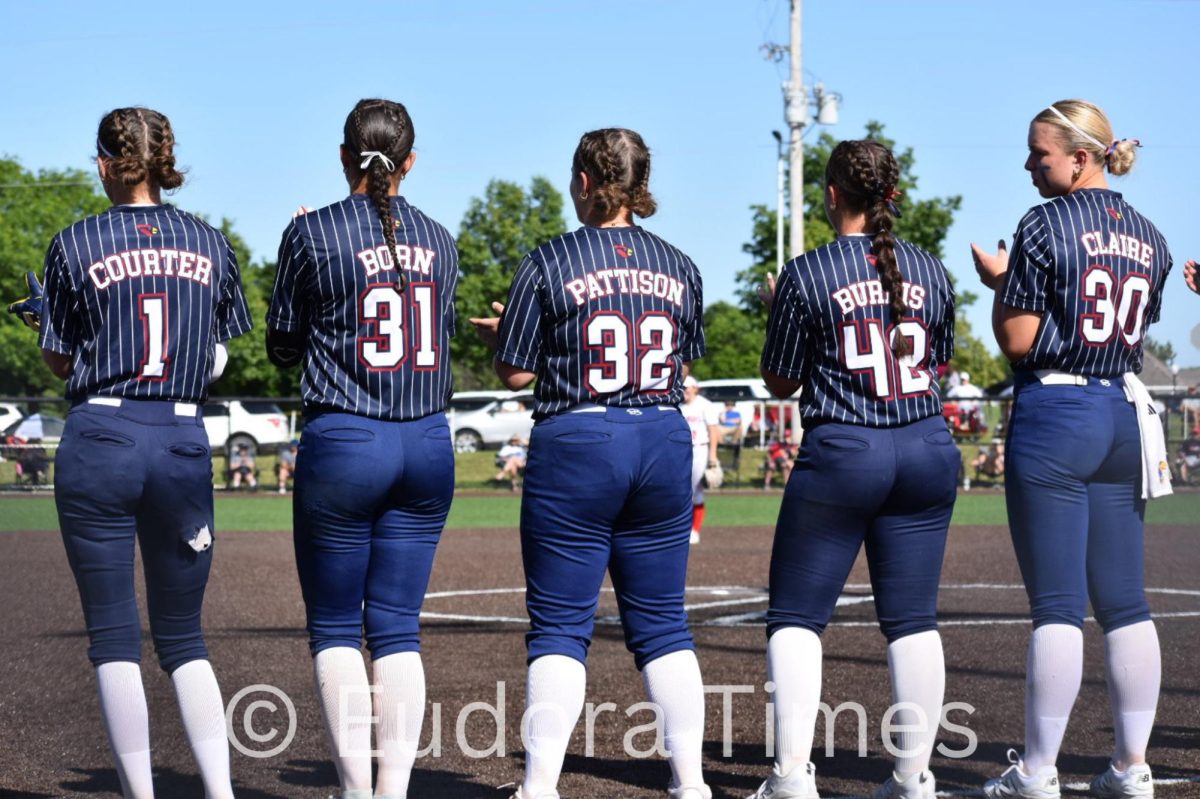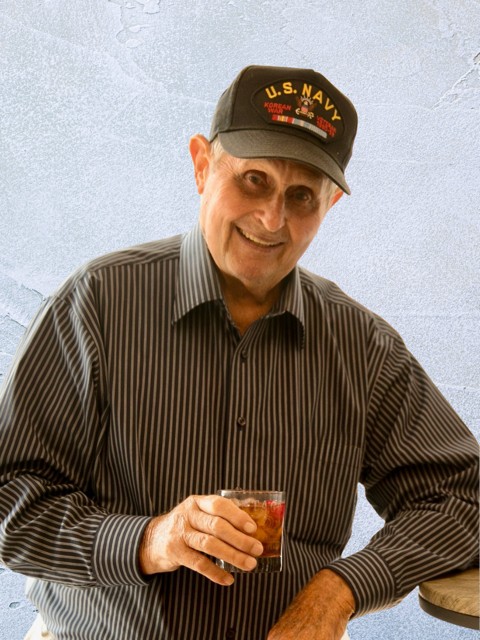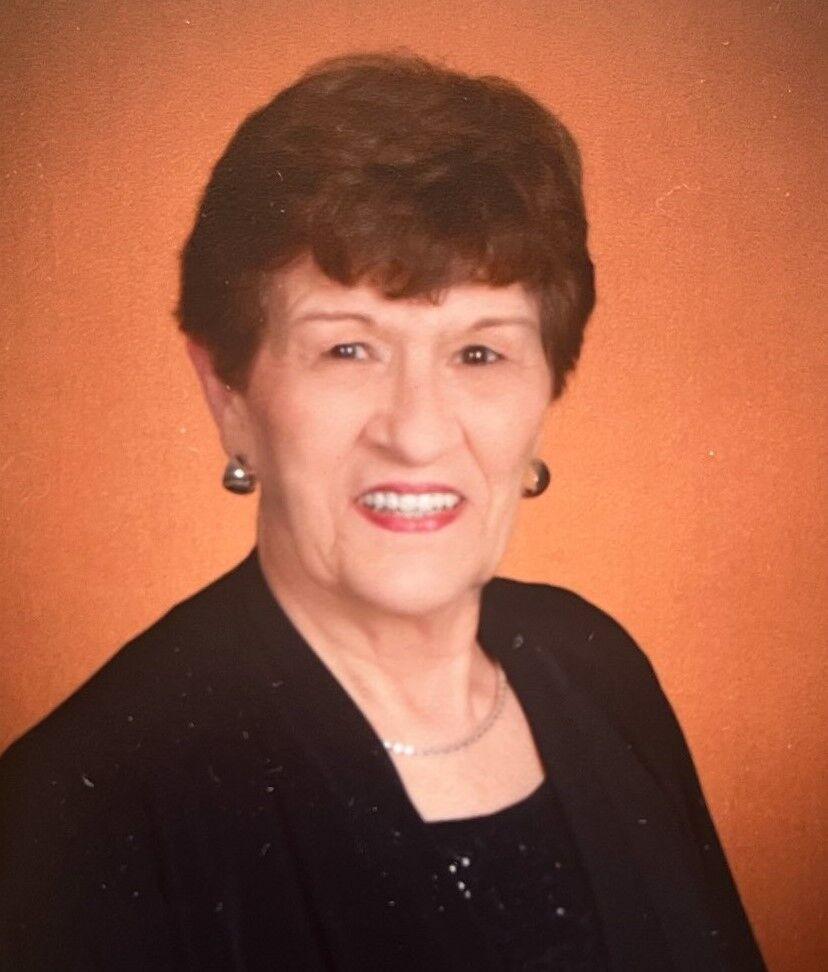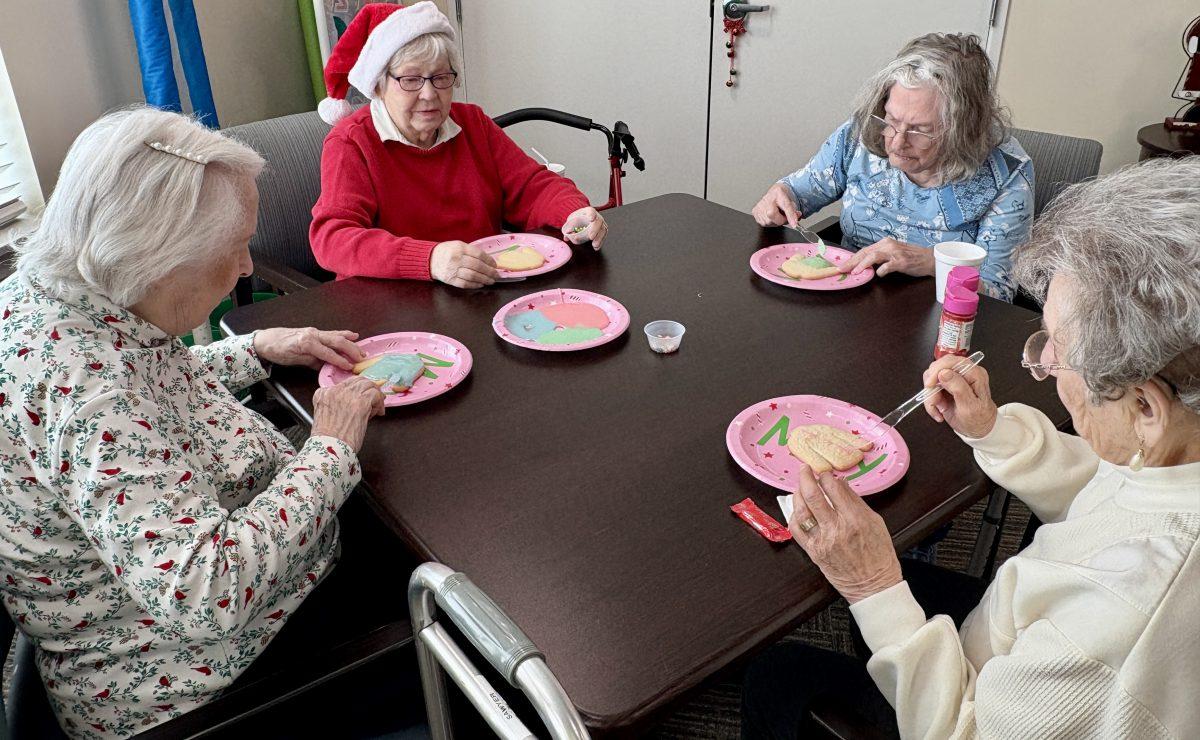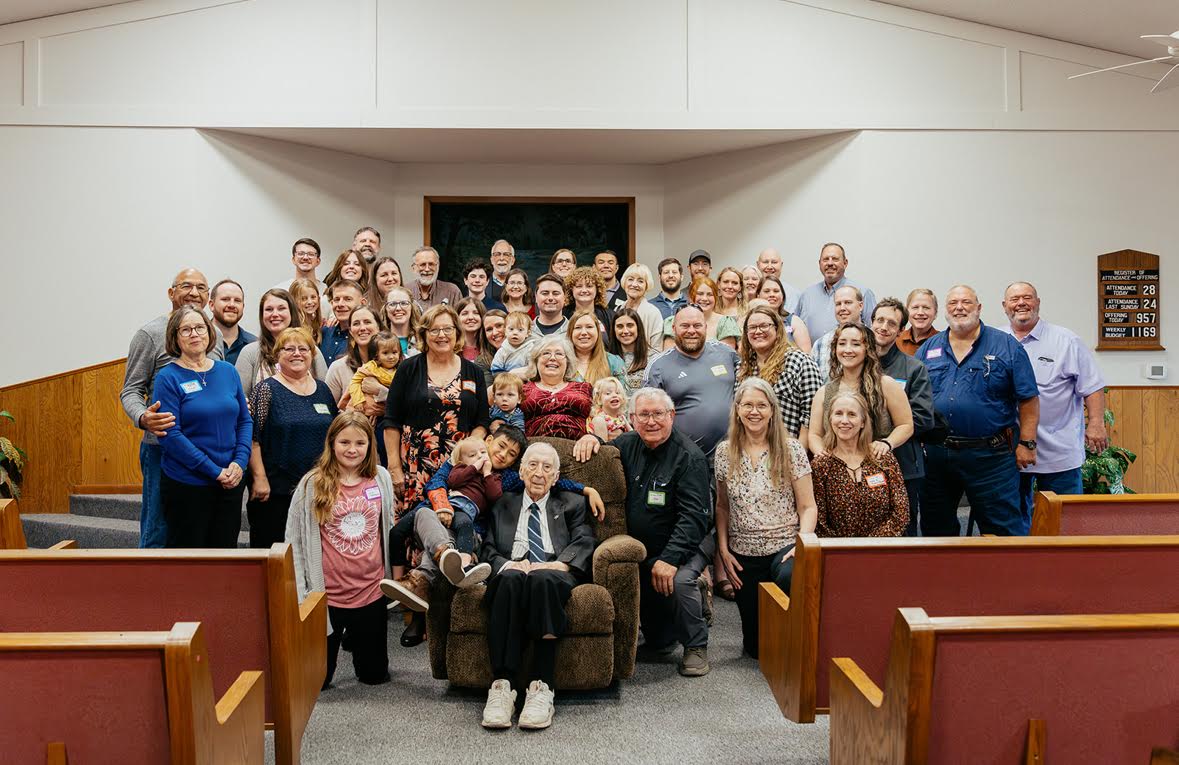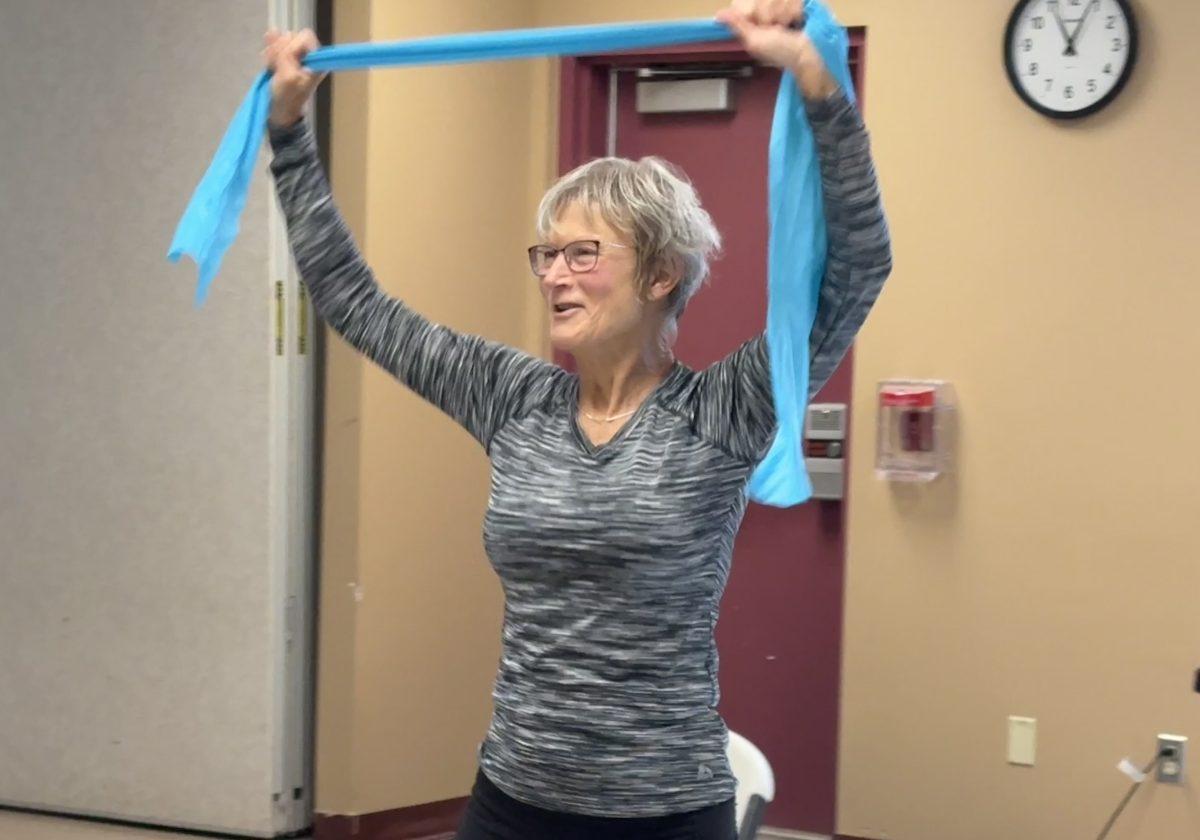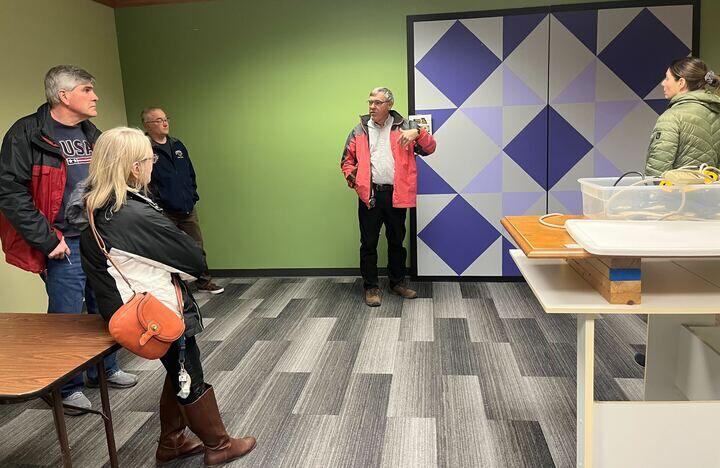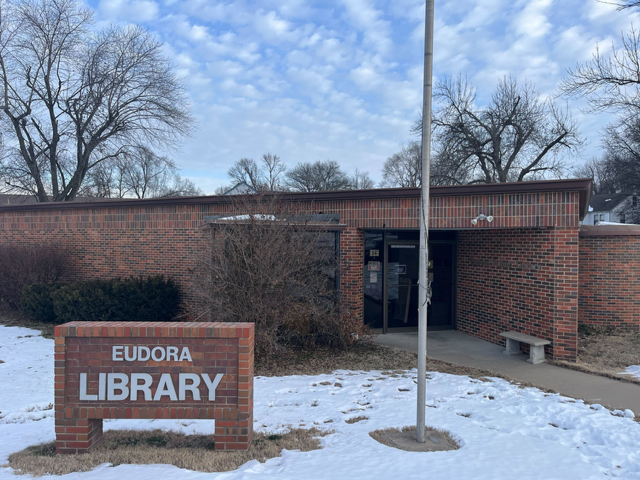Darrel Kohlman, the first superintendent candidate to come through Eudora Schools, said he wanted to join the district in part because of its work to collaborate with community members.
Kohlman, a superintendent at Nemaha Central, visited Eudora throughout Wednesday for an interview for the position here. Kohlman has been the superintendent in his district for over a decade.
The Eudora Times created a list of questions to ask each superintendent candidate as they came into town. Interviews were edited for brevity and clarity.
THE EUDORA TIMES
Why are you interested in being superintendent in Eudora?
I would put it into three areas: I think the pride the community has in itself and the district has in that combined pride. It shows in my tours today that that pride shows, and I want to be a part of something I can be proud of, too, and be a part of it. So, that was the first part.
The second part is just the quality of education that the Eudora School District provides is pretty impressive. The programs — like the EdTech program, the Bird’s Nest program, the after-school assistance program, the Eudora Schools Foundation program — those show that the community has a commitment to a quality education. Again, that just aligns with my personal values, and I see it’d be a good match.
And the last one is just a little bit more on that, the collaboration and the working together with the community, because for both to be successful — the community and the district — you’ve got to work together. And so, I see that happening now and I just want to be a part of it because that’s something I value, too.
What do you see as the strengths of this particular school district?
I think one of the strengths is again, I’ll talk about the connection and the support between the school district and the community. That’s so valuable because without one, the other one is going to struggle, so I really think that’s one of the best parts of it.
The other part is the progressiveness of looking at what do kids need, and developing programs to meet those kids’ needs. In today’s day and age, you know, not every kid needs the same thing. They’re not widgets, and we got to look at that personalized education, which is one of core values that the [School] Board has established. And again, it aligns with my own personal values of what I value in education.
What do you see as areas that could use improvement?
You know, that’s a hard one in one day and even doing some study. I’ve obviously researched the district, but really, that’s a hard one to answer, but I think just continuous improvement and not setting back on the status quo. Because when you’re good, it’s easy to say, “You know what, we’re going to be good, and it’s going to be good enough.” Pushing that status quo is probably going to be one of those areas that sometimes gets met with some resistance because, well, “We’re already good so why are we needing to do something different?” And so I would say just continuing to maintain but also move forward with other improvements to continue the success of the district.
Why do you think you’re the best person for this job?
Well, I’ll go back to I really do believe that my personal values and beliefs really align well with the district’s. The current job I’m in has some very similar programs that have been successful. So I think my experience is another big part of it. I’m not a first-year person. I’ve been a superintendent for over 13 years. And so I’m bringing some experience, but I’ll also bring in some successful experience, too.
And I have the ability and have had those opportunities to make connections with support between the community and the district. I see Eudora at this point being on the edge of some door of some big things happening, but it’s going to take that collaboration between the district and the community.
I know you pointed during the meet and greet to some of those programs that you had that are similar, but could you list those?
I think one of the big ones is the EdTech program here. We have a similar program. Our CTE program — career technical ed pathways — we have 12 of them, and that’s led us to have state measures post-secondary success. And that’s based on your graduation rate and two years post out of high school, “What are your kids doing? Are they enrolled at a two-year school? …” Well, our district, because of our career tech ed program, we’ve reached the 71% effective rate, which is probably the top 10 of the state. And I see Eudora being able to have that through the career ed tech program. So, that’s one of them.
I think the early childhood program. Again, something where if you get them young, you get a lot of bang for your buck and so we’ve developed — over my time — and we’ve developed an early childhood program and I see that’s happening here in Eudora too. So, those are two of the specifics.
What are some specific examples of initiatives you’ve done in your district?
I think, you know, a couple of them are the two that I talked about — those are obvious. The one-to-one technology initiative is one. Again, already, Eudora has that, but it’s been successful. Just bringing two districts together and consolidating them into one — that is what I started with 11 years ago and that’s what allowed us — what it allowed us to do is both districts were going to lose opportunities and kids. And by consolidating, we were allowed to continue to provide opportunities and increase the opportunities for kids, so that would be another one that I think that I’ve been a part of. And I think we really have been successful in.
What were the two districts named?
Yeah, so they were they were the old Baileyville B&B and the Nemaha Valley School District. And so we consolidated 11 years ago and became Nemaha Central. There were neighboring districts, obviously, and so you know that a lot of the same values, so it was easy in some ways. But it’s just hard to give up your school. We changed mascots. We did some things — closed some buildings and things like that. Difficult things, but we stayed focused on student opportunities and students’ success. If you stayed focus on that, it always turns into a positive.
What are some of the biggest challenges facing K-12 education right now?
I think that one of the biggest is, post-COVID, is social, emotional learning. We solved needs prior to COVID, but during the COVID pandemic, we’re starting to see more of those. Some of those that, we’re better at recognizing those, and so I think we have to continue to address the social, emotional needs of students in K-12.
The other part is, not every kid learns the same way and at the same rate, so as we now recognize that, you have to be willing to do some personalized education, and that takes a lot of effort and a lot of time and it’s a different education then what parents were growing up in. We got to reach kids and whatever their mode of learning is and so getting those skills in the teachers’ hands is another one that I think is going to be a challenge.
How would you describe your leadership approach for teachers and staff?
I think collaborative is a great term that I would use. You know, I, as a personality trait, I’m a pretty outgoing person and sometimes I have to remind myself to listen to others, too, and get their input.
Because when we think of communication, most people think of a one-way communication, where I do the talking and you do the listening. But I’ve learned over my 13 years as a superintendent that the most effective way is also to listen and get input from others, and then lead that into developing shared visions and shared focuses of where we want to go. And that’s my style — is to develop those shared visions.
Coming off the pandemic, how would you specifically support teachers and staff moving forward from this difficult year?
Well, I think one of the things is we ask ourselves, “What did we learn during the pandemic? What didn’t happen in the pandemic that didn’t affect students’ access?” We don’t need to do it ever again, so we can take that off your plate, but then, “What did we learn that we didn’t know would work and keep that on our plate and emphasize it?”
And then the other part is getting back to building relationships, which is hard to do, whether you’re in remote learning or in hybrid learning. But education is built on relationships between students and staff. And we’ve got to get back to that focus to allow those relationships to be built.
Focus groups for this position noted that one of their top priorities they want the new superintendent to tackle is creating more competitive salary and benefits packages to attract and retain staff members. How do you see yourself potentially tackling those problems?
You know, it’s hard because where that all starts with is the revenue source in schools is really very, very limited. It’s very finite based on enrollments and mill levies. And so, what has to happen if you’re going to raise those is you either have to increase that revenue source — which is difficult at times — or you have to reprioritize where you’re spending money elsewhere and say, “Well, you know, that that area isn’t a core value, but competitive salaries so that we have quality staff and keep our quality staff, that’s where we need to put our priority.”
So you just shift the money to where your priorities are. Sometimes that’s hard because that priority may not be important to you, but it’s important to somebody or else it wouldn’t have been a priority to start with. But I think that’s one of the difficulties in this part of the world, is you’re competing with so many districts for the same staff.
And with Johnson County just, you know, right there as a neighbor and with Lawrence as a neighbor, you know, you’re probably more competitive with the other districts our size, but those two, they’re gonna have some resources and some added tax base that allows them to do that slowly. It’ll be difficult to do, but if the board sees that, then that’s the job of the superintendent to find that money and where we’re spending it, that we can spend it on this.
Improving diversity and equity was also another priority from focus groups and survey input. So, what would be your strategies potentially in that area?
Well, I think what you got to do is bring those people to the table if you’re talking about diversity and equity. Who are the groups that are the diverse groups or the equitable groups, the minority groups? And then you got to make connections because again, education is about relationships.
And so one of your jobs as a superintendent is to reach out to the leaders of those groups in order to know, and bring them together and get their input of “What is it and how can we do it better and what do you think would help to do it better?” You know, equity is a pretty broad term. “What does equity mean? Does, you know, does it mean having the same opportunities?”
But you got to have conversations with people so that you know you can, again, learn about what it is people — that they brought that up as one of their needs. “Why is that — where’s there inequity, or the lack of diversity, where’s that at?” And then work together as a group, and come up with a plan that has a shared vision that you can meet the needs of all students.
What do you think the relationship between the superintendent and school board should look like?
You know, that’s a — it’s an interesting relationship because the board hires you to lead, right? But they’re your bosses, you know? And so they lean towards you or lean on you for some leadership. But you also have to respect the fact that they were elected by their peers and by the community. And so you’ve got to be able to listen to, “This is the reason I ran, and my constituents, this is what they wanted me to bring when I came on.”
And then again, the trick is bringing everybody together into that shared vision. And you know, I know that Eudora has a history of some great strategic plans that were built on having all kinds of input from the community, but the board looks to you to run the day-to-day operation and then they help you develop, you know, the priorities and the budget and, and of course then, just the whole, “What are we going to focus on?”
And good boards like the Eudora Board, they get that input from others, too, so it’s just working with them and getting their ideas connected to the community.
What relationship do you think the superintendent should have with parents?
I think, you know, ideally, you represent parents. So, really, I like to get out into as many groups as I can and develop relationships where parents can feel free to share with me the concerns that they have, or even more importantly, share with the successes that they think we’ve had in the district.
And so I always wanted, you know, I work for them. I mean, you know, I talked about the board being my boss, but really it’s the parents that you work for. And so I want it to be an open relationship where we can share concerns, and share successes and, and they can be a part of the process.
How do you plan to be involved in the community?
That’s a huge one for me. I’ve lived in every district I’ve ever worked in and then I’ve gotten involved — whether that be in civic organizations or in community events — I love to volunteer because that’s where you meet people and that’s where you develop relationships and you hear from parents that you may not hear from because you’re standing beside them at a pancake feed.
You know, they are open to talk to you and you get to know. But it’s also, I’m a person that believes in — I love not only working with but serving others, too. And so I think being involved in the community — like I said, I’m the president of the Chamber right now — I do a lot of volunteer work because the job of superintendent is an important job in the community. For the community to be successful, I want to be a part of the community as much as I can.
See The Eudora Times’ other story about the first candidate here.
Reach reporter Nicole Asbury at [email protected].
To donate to support our community journalism, please go to this link: tinyurl.com/y4u7stxj

